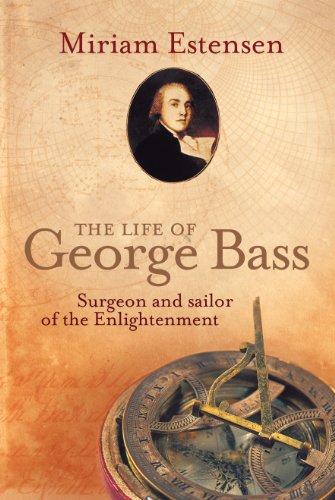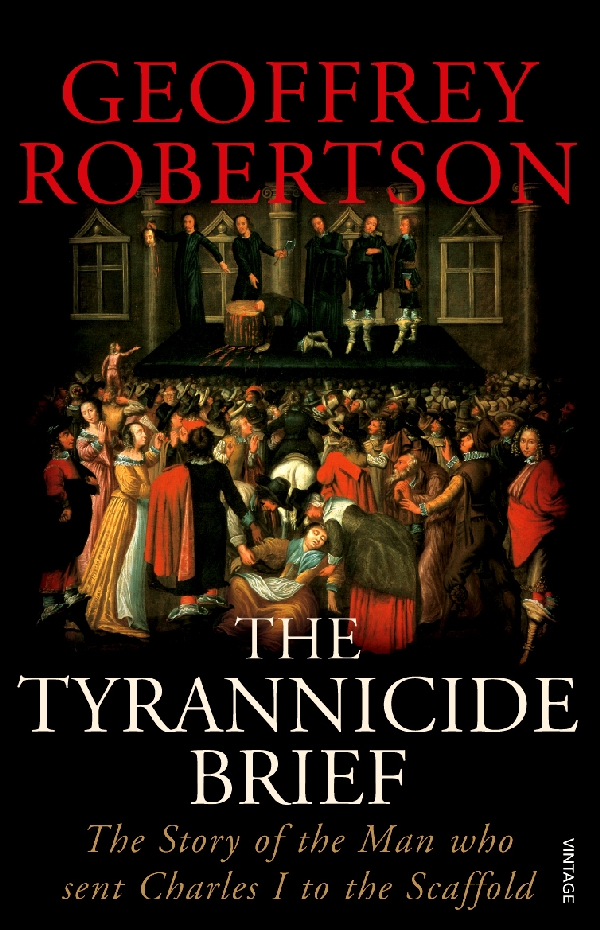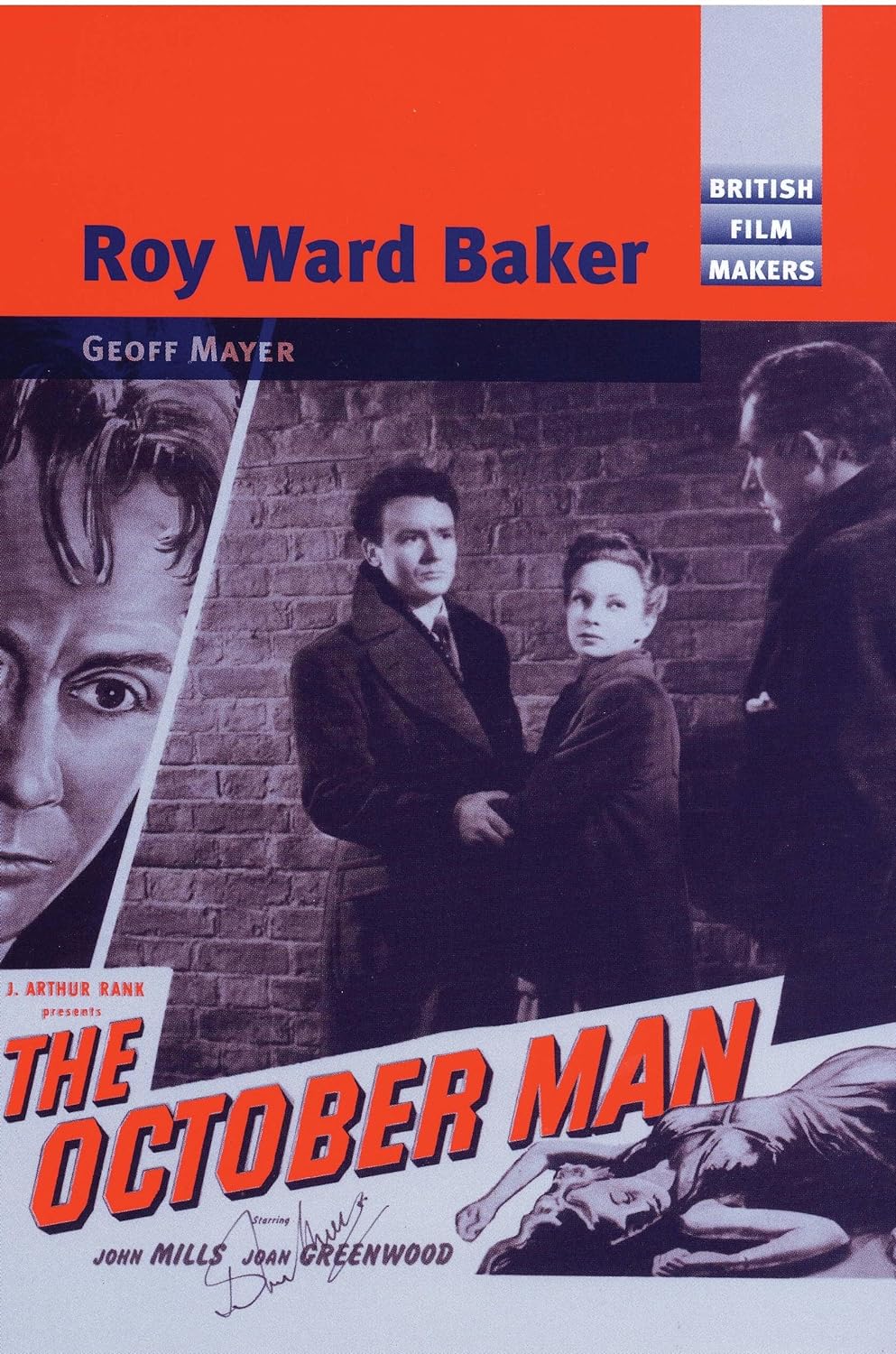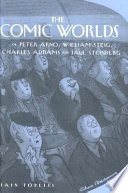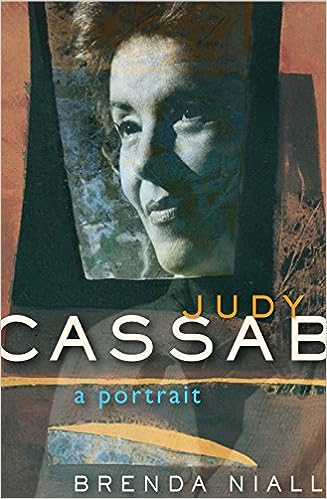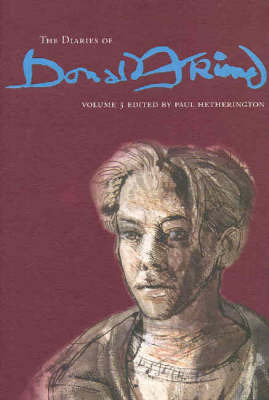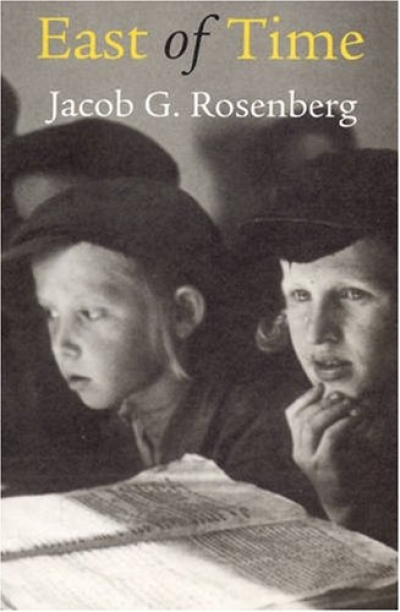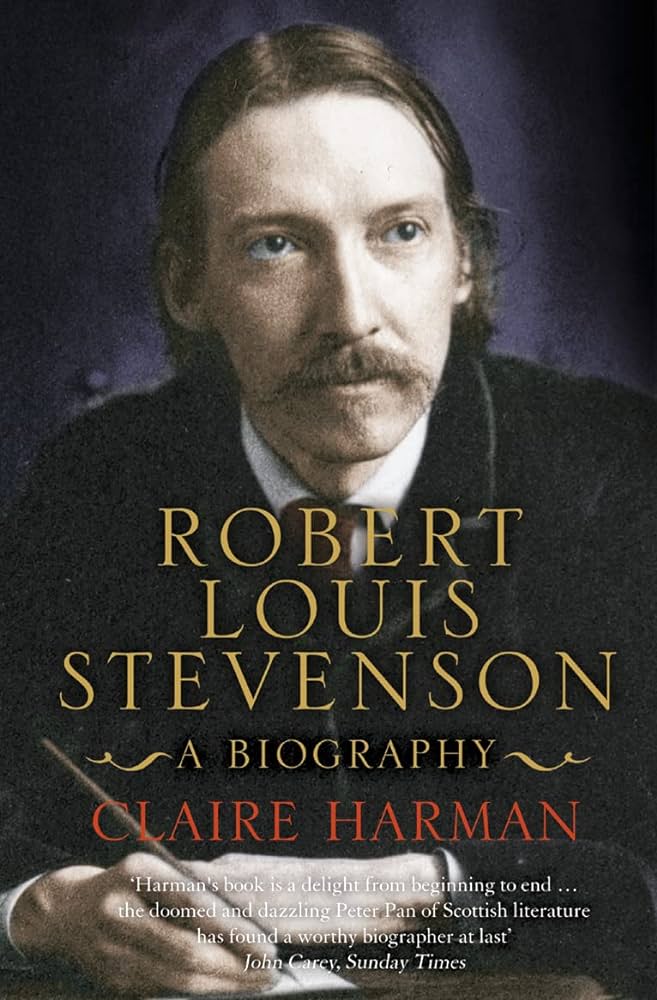Biography
The Life of George Bass: Surgeon and sailor of the enlightenment by Miriam Estensen
The only surviving image of George Bass is surrounded by as much mystery as his death. It is a photograph of a painting that has now disappeared, thought to have been painted in about 1800. A handsome young man looks straight out at the viewer, with a faintly supercilious smirk. His hair is tied back and perhaps powdered – old-fashioned, I would have thought, for a young man in 1800, when Bass was only twenty-nine. Bass is known to every eastern-states schoolchild as half of Bass and Flinders, famous for their exploits in Tom Thumb – actually two different small open boats in which they explored the south coast of New South Wales at different times. Matthew Flinders proposed that Bass Strait be so named because it was Bass’s 1797–98 voyage in a whaleboat that had convinced him that it must be a strait rather than a bay, and led to their circumnavigation of Tasmania in the Norfolk, in 1798–99.
... (read more)A City Lost and Found: Whelan the Wrecker's Melbourne by Robyn Annear
If Melbourne’s claim to be the ‘world’s most liveable city’ can be taken seriously, it is largely because of its capacity for reinvention, the adaptability of its buildings and infrastructure to an expanding population, and changes in transport, communications, patterns of work, and the general lifestyle of its inhabitants.
... (read more)T.W. Edgeworth David: A life by David Branagan
With the publication of Eminent Victorians in 1918, Lytton Strachey famously created a new mode of biographical writing – spare, ironic, satiric, detached. In his preface to that slim cathartic volume of portraits of four famous Victorian personalities, Strachey extolled the biographer’s virtue of what he called ‘a becoming brevity’. That preface has been called a ‘manifesto of modern biography’. In his breaking of new ground, Strachey turned his back on the sombre and dutiful ‘lives’ that had become the accepted mode of biographical homage in Victorian England.
... (read more)The Tyrannicide Brief: The story of the man who sent Charles I to the scaffold by Geoffrey Robertson
Geoffrey Robertson, the author of The Tyrannicide Brief, enjoys the same high public profile as those old lags who constitute the élite of Australian expatriates in London: Clive James, Germaine Greer, and Barry Humphries. In his case it is as a leading international human rights lawyer, the author of Crimes against Humanity (1999) and The Justice Game (1998), and host of the popular television series Hypotheticals.
... (read more)Roy Ward Baker is quoted as saying ‘realism is my forte’. But Geoff Mayer’s book reveals that over a fifty-eight-year career in film and television, Baker was much more than just a ‘realist’. Baker began as a ‘gopher’ at Gainsborough Studios in 1934, but he is best known for directing what is perhaps the definitive film on the Titanic disaster, A Night to Remember (1958). He also directed horror productions for Hammer Films, including The Vampire Lovers (1960) and Quatermass and the Pit (1967). He ended his career at seventy-two with an episode of the British television series The Good Guys (1992). It is due to this long and diverse career that Baker has not been embraced as an auteur, a filmmaker who is able to project a consistent personal vision across a range of films. However, in Roy Ward Baker, Geoff Mayer, of La Trobe University, situates Baker as an auteur, tracing the vicissitudes of his career to provide a comprehensive and intriguing study of the filmmaker and his films, as well as his industrial, social, and political contexts.
... (read more)The Comic Worlds of Peter Arno, William Steig, Charles Addams, and Saul Steinberg by Iain Topliss
More so even than The Age, the New Yorker is a journal shaped and defined by its illustrators and cartoonists. For many decades it did not include photojournalism at all, and it only appears these days under sufferance. The cartoons contribute crucially to the ethos and style of a magazine that depends a lot on ethos and style. To think of the New Yorker is almost inevitably to think of the famous cover by Saul Steinberg that shows the cars, buildings, and people of Ninth and Tenth Avenues filling the foreground, then the Hudson River marking the edge of the real, figurative world, beyond which New Jersey, Nebraska, Japan, and the Pacific Ocean are just names on a vaguely conceived map. Parochial universalism fuelled by an ironic sophistication is the ethos of this famous image, and a thread of continuity in the work of the four New Yorker artists profiled in Iain Topliss’s fine and sensitive book.
... (read more)In Brenda Niall’s biography of Judy Cassab, the art forms of the subject and the author – life story and portraiture – are nested one in the other. As the story builds, one comes to accept that certain unsparing reflections on the subject’s personality and behaviour have as their authority Judy Cassab herself. She emerges as a heroine in a decidedly modern mode.
... (read more)The Diaries of Donald Friend, Volume 3 edited by Paul Hetherington
With the greatest novels, you can plunge into them anywhere and still savour their greatness; it is recognisable on every page. You won’t need to have read the two earlier volumes of these edited diaries to recognise that same quality throughout the third – and I mean novelistic greatness, of which all the great diaries (from Samuel Pepys’s to James Lees-Milne’s) partake in important ways.
... (read more)Most of a lifetime ago, I read of an exhibit at the Bell Telephone headquarters. It consisted of a box from which, at the turning of a switch, a hand emerged. The hand turned off the switch and returned to its box. If this struck me as sinister, it was because the gambit seemed emblematic of human perversity – of a proneness to self-annulment ...
... (read more)It would be difficult to write an uninteresting life of Robert Louis Stevenson (1850–94). There is the progression from the young Stevenson, so often sick and confined to bed, to the intrepid traveller full of life and vigour as he sailed the South Seas. There is the move from cold and chilly Edinburgh to the ‘warm south’ of France and to the even warmer south of the Pacific. There is the dash across the Atlantic and America to claim Fanny Osbourne as his wife. There is the spectacular popular success of works such as The Strange Case of Dr Jekyll and Mr Hyde (1886). There is Stevenson’s death at the age of forty-four and his burial on the top of a Samoan mountain. There is even, for us in Australia, the interest of Stevenson’s visits to Sydney. On top of this wealth of incidents, biographers can draw on eight packed volumes of hugely quotable letters and a treasure trove of photographs from the earliest ones with his parents in Edinburgh to some iconic images in the South Pacific.
... (read more)

